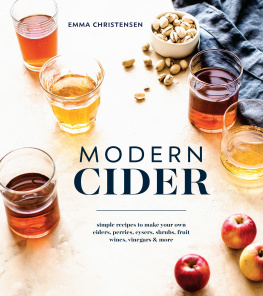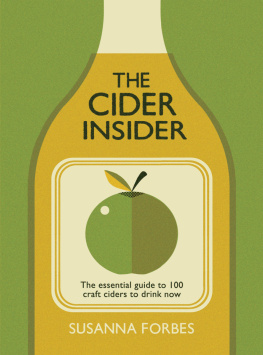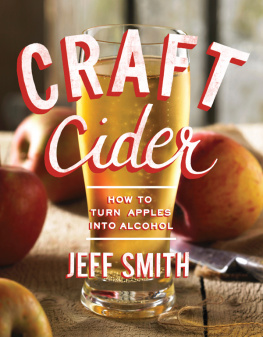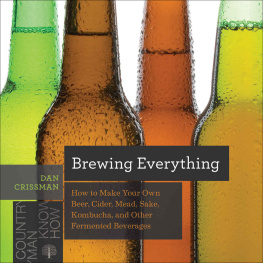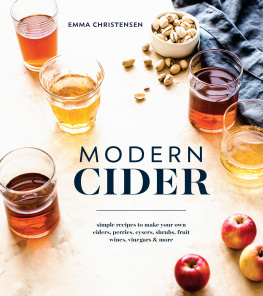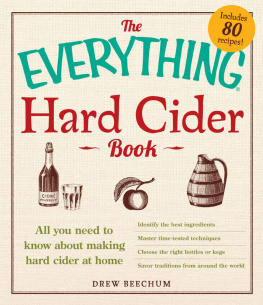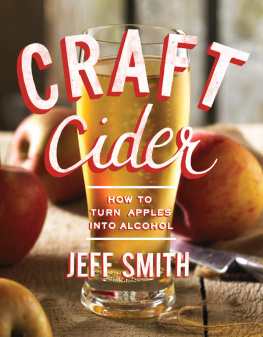Emma Christensen - Modern Cider: Simple Recipes to Make Your Own Ciders, Perries, Cysers, Shrubs, Fruit Wines, Vinegars, and More
Here you can read online Emma Christensen - Modern Cider: Simple Recipes to Make Your Own Ciders, Perries, Cysers, Shrubs, Fruit Wines, Vinegars, and More full text of the book (entire story) in english for free. Download pdf and epub, get meaning, cover and reviews about this ebook. year: 2017, publisher: Ten Speed Press, genre: Home and family. Description of the work, (preface) as well as reviews are available. Best literature library LitArk.com created for fans of good reading and offers a wide selection of genres:
Romance novel
Science fiction
Adventure
Detective
Science
History
Home and family
Prose
Art
Politics
Computer
Non-fiction
Religion
Business
Children
Humor
Choose a favorite category and find really read worthwhile books. Enjoy immersion in the world of imagination, feel the emotions of the characters or learn something new for yourself, make an fascinating discovery.
- Book:Modern Cider: Simple Recipes to Make Your Own Ciders, Perries, Cysers, Shrubs, Fruit Wines, Vinegars, and More
- Author:
- Publisher:Ten Speed Press
- Genre:
- Year:2017
- Rating:3 / 5
- Favourites:Add to favourites
- Your mark:
Modern Cider: Simple Recipes to Make Your Own Ciders, Perries, Cysers, Shrubs, Fruit Wines, Vinegars, and More: summary, description and annotation
We offer to read an annotation, description, summary or preface (depends on what the author of the book "Modern Cider: Simple Recipes to Make Your Own Ciders, Perries, Cysers, Shrubs, Fruit Wines, Vinegars, and More" wrote himself). If you haven't found the necessary information about the book — write in the comments, we will try to find it.
Homebrew guru Emma Christensen presents accessible hard cider recipes with modern flavor profiles that make for perfect refreshments across the seasons. This lushly photographed cookbook features recipes for basic ciders, traditional ciders from around the world, cider cousins like perry, and innovative ideas that take ciders to the next level with beer-brewing techniques and alternative fruits. With Christensens simple, friendly tone and 1-gallon and 5-gallon options, this books fresh and fizzy recipes prove that cider-brewing is truly the easiest homebrewing project--much easier than brewing beer--with delicious, fruit-forward results! So whether youre a home cook trying your hand at a batch of simple Supermarket Cider or homemade Apple Cider Vinegar, a city dweller fresh from a day of apple picking in the countryside, or a homebrewer ready to move on to the next brewing frontier with Bourbon Barrel-Aged Cider and Spiced Apple Shrub,Modern Cideris your guide.
Emma Christensen: author's other books
Who wrote Modern Cider: Simple Recipes to Make Your Own Ciders, Perries, Cysers, Shrubs, Fruit Wines, Vinegars, and More? Find out the surname, the name of the author of the book and a list of all author's works by series.

